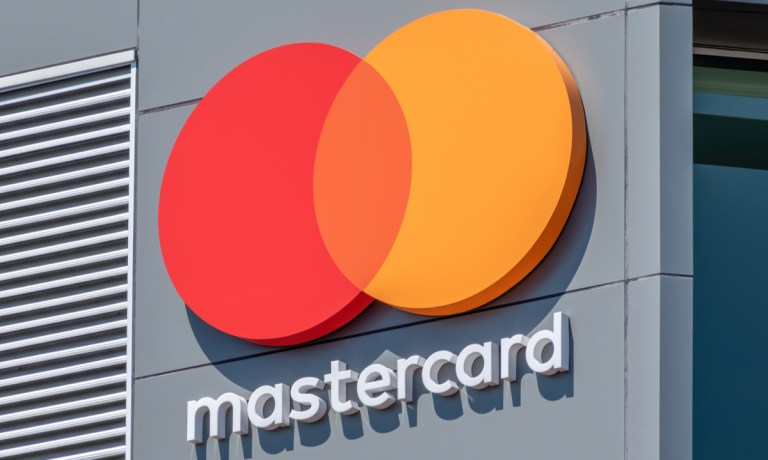Mastercard Expands APAC Digital Wallet Reach With ‘Pay Local’

Mastercard debuted a service that lets consumers make card-based payments via local digital wallets.
With Pay Local, Mastercard cardholders link their credit or debit cards to a participating local digital wallet to shop with merchants without needing to create or top up a prepaid account, according to a Tuesday (Nov. 5) press release.
“Leading wallets in Asia Pacific, such as DANA in Indonesia, Touch ’n Go in Malaysia, Bakong in Cambodia and LankaPay in Sri Lanka, will leverage Mastercard Pay Local to allow consumers to make payments at more than 35 million merchants that accept these wallets,” the release said. “…Mastercard Pay Local builds upon existing partnerships with leading wallet providers, including Alipay and Weixin Pay in the Chinese mainland and Octopus in Hong Kong SAR, to offer a convenient way for international visitors to pay like a local when traveling to these destinations, regardless of where in the world their Mastercard card was issued.”
The service is also aimed at markets where digital wallets are already used widely for everyday purchases, like Latin America, Eastern Europe, the Middle East and Africa, per the release.
The launch comes amid increased digital wallet use among consumers. The PYMNTS Intelligence report “From Trips to Tips: How Faster Payments Can Elevate Travel and Hospitality” found that nearly three-quarters of travelers regard digital wallets as critical to their experience, specifically pronounced for affluent and millennial travelers, with use rates at 83% and 82%, respectively.
“Customers using digital wallets spend an average of $44 per visit at restaurants, more than the $33 spent by those using traditional payment methods,” PYMNTS wrote in September. “This trend reflects a broader consumer preference for seamless, efficient payment solutions that enhance the overall travel experience.”
Elsewhere, digital wallets are now table stakes for most consumers in five major markets (the United States, the United Kingdom, Brazil, France and Germany), with 86% of consumers saying they are familiar with them. Still, some consumers are using them without knowing what they are. For instance, only 6.5% of Generation Z consumers could correctly distinguish these wallets from other related apps.
“Providers looking to differentiate themselves need to [recognize] how consumers understand these apps to best position their product,” PYMNTS wrote in a separate September report.

